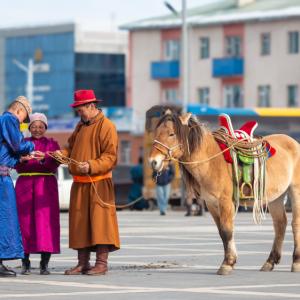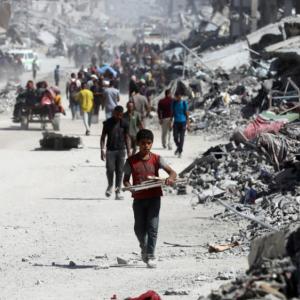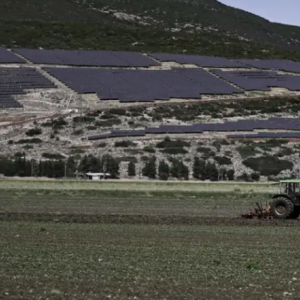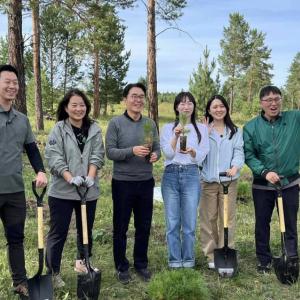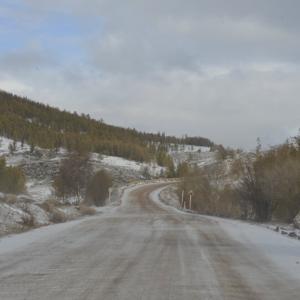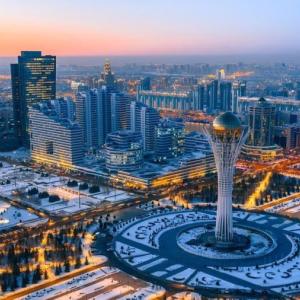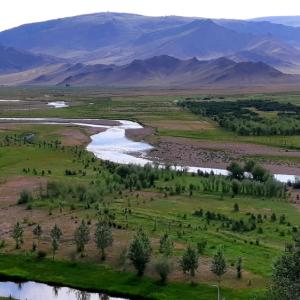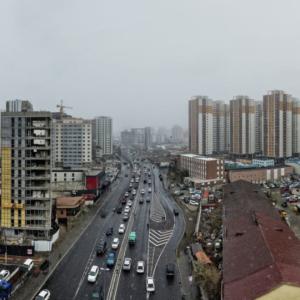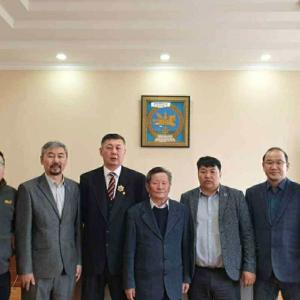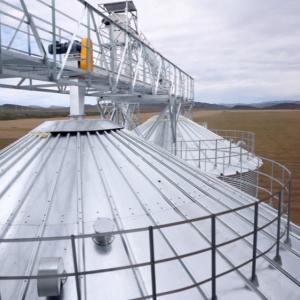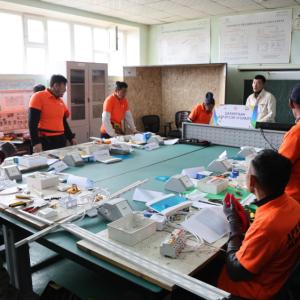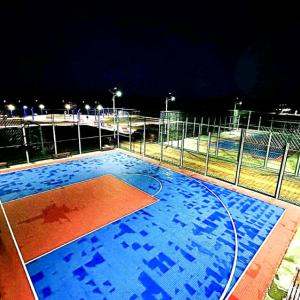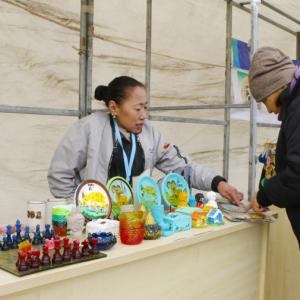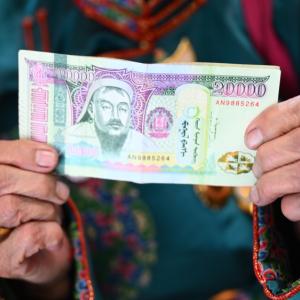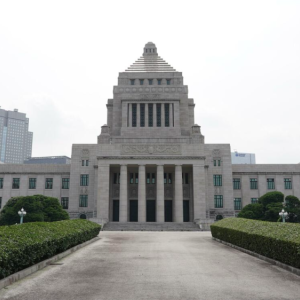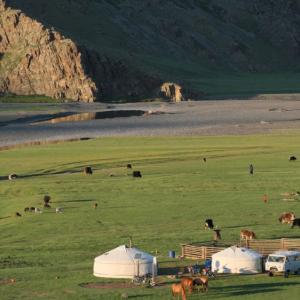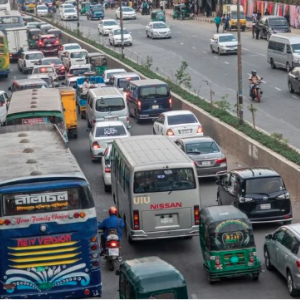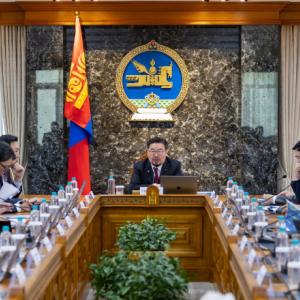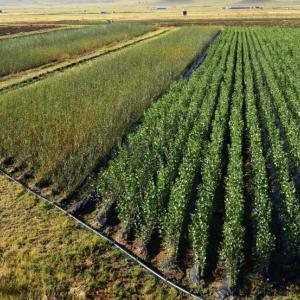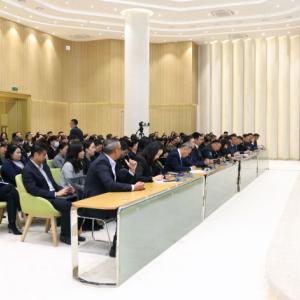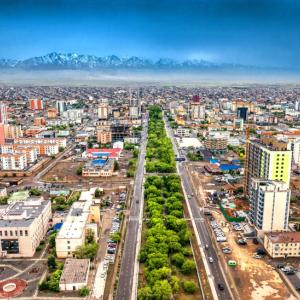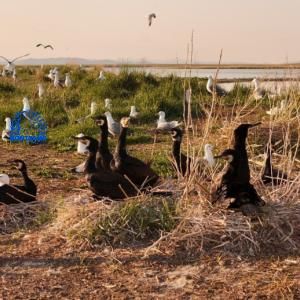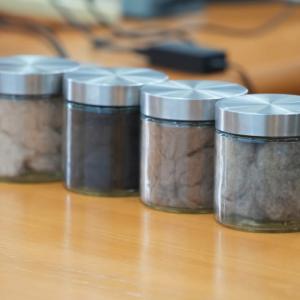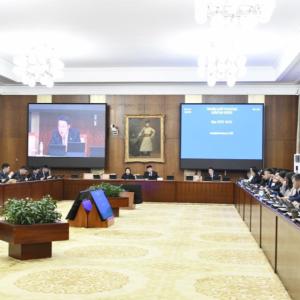MNT 550 million allocated from state budget to tackle desertification
Environment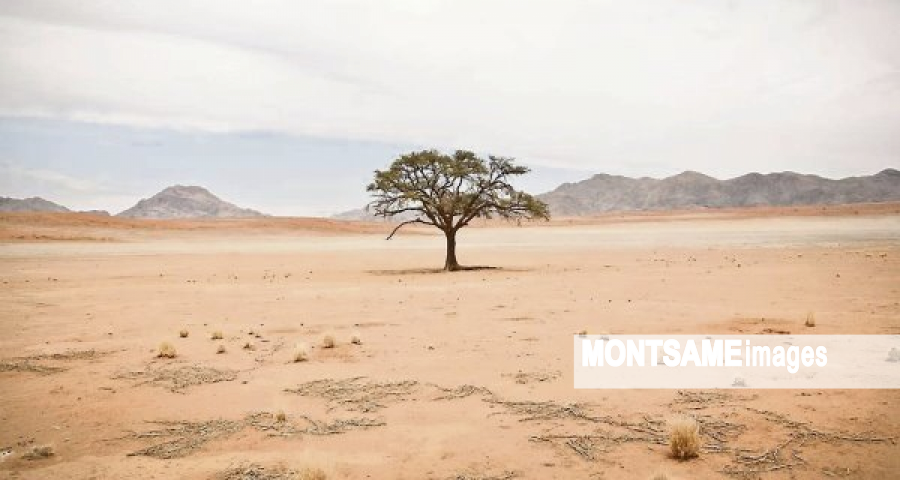
Ulaanbaatar /MONTSAME/. This year, a total of MNT 550 million has been allocated from the state budget for reducing desertification and land degradation. The funds are being used for works to protect about 200 hectares of land in the aimags of Khovd, Gobi-Altai, Umnugobi, Bayankhongor, Dundgobi, and Gobisumber.
At the initiative of the Ministry of Finance, it was decided to resolve a certain amount of financing for the measures to be taken against the pressing issue starting from 2020, with support from the UN as well as corresponding foreign and domestic organizations. So far, trees have been planted in about 100 hectares of land, establishing protected forest areas. The measures are being implemented in 6 aimags in the Gobi region, reported the Ministry of Environment and Tourism.
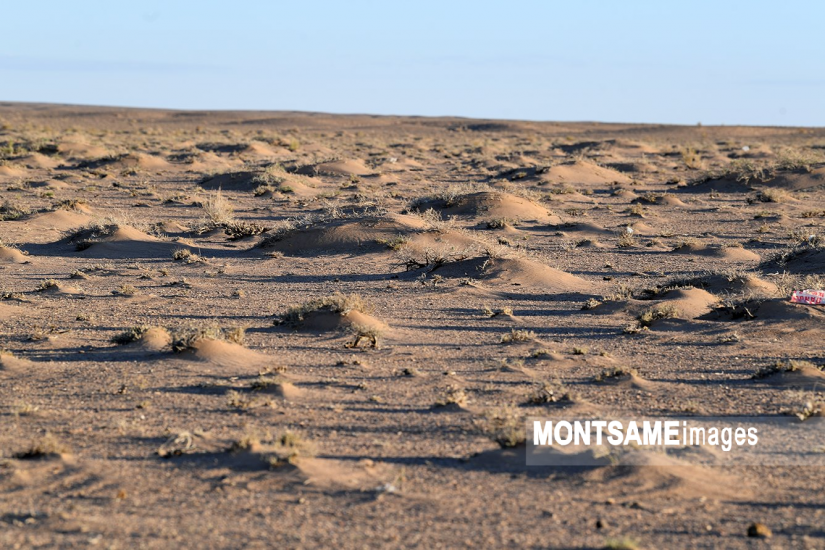
About 77 percent of the country’s territory has been affected by desertification and land degradation. Compared to a study carried out in 2016, desertification has increasingly become an issue in the steppe plains despite there being no increase in the total area affected by desertification. As both natural and human factors contribute to the worsening of the issue, it is important for each and every person to be involved by planting and growing trees as well as protecting local vegetation, highlighted the officials of the Environment and Natural Resource Management Department at the Ministry.
Mongolian-Chinese researchers rehabilitating pastures through vegetation
However, there is an opportunity to rehabilitate degraded pasture by planting vegetation. Scholars and researchers of the Institute of Geography and Geoecology of the Mongolian Academy of Sciences (MAS), and the Inner Mongolia Normal University of PRC are jointly carrying out research to develop a technology to reduce the degradation of such pastures.
As about 70 percent of Mongolia’s total pasture area has degraded to a certain extent, they are researching the most effective plant and vegetation for its rehabilitation in aims of improving the current state of pastures alongside creating an opportunity for sustainable livestock farming. “The study is unique for carrying out experiments on 30 hectares of degraded pasture in the dry steppe region,” highlighted project leader, MAS researcher M.Urtnasan.
 Улаанбаатар
Улаанбаатар






